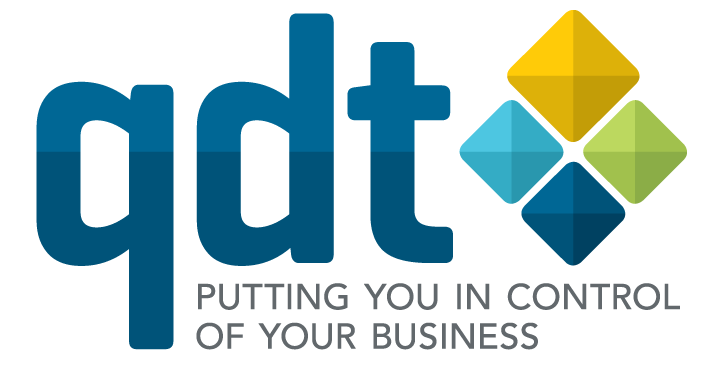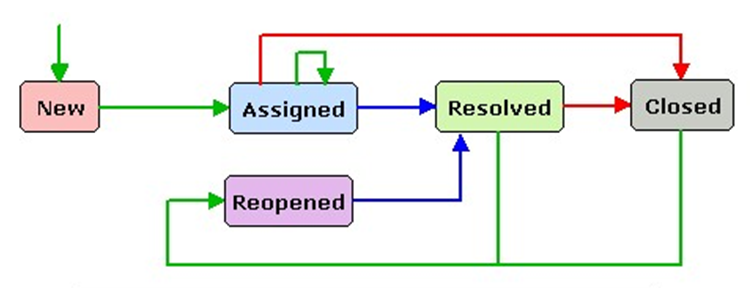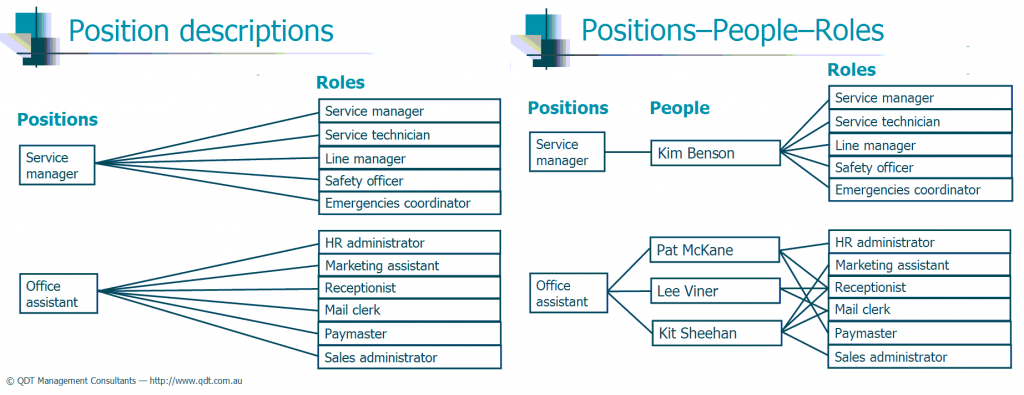What is a safety manual, really?

Use CTRL+ and CTRL- to zoom in and out in your browser
In this article we explain what makes a good safety manual: One that is integrated with your procedures manual and describes actions rather than obligations.
A good safety manual is not just a collection of policies and responsibilities. These collections, often claimed to be safety manuals, are just specifications for a safety system, They are not safety systems in themselves. To say that a collection of policies and responsibilities is a safety manual is like saying that a set of building regulations is a plan for a house.
So what is a good safety manual? Well, it is certainly going to include the things people associate with safety manuals. It will have a brief set of general rules for all team members and for supervisors. It will have a statement by the employer of its intent to provide a safe work environment. This is only a tiny part, however! A good safety manual is integrated into your procedures manual and describes activities that team members perform and communications between team members.
We read AS 4801:2001 Occupational health and safety management systems – Specification with guidance for use carefully and came up with the followng Shakespeare play scenes (procedures, in other words—see our earlier blogs for more about our Shakespeare play business analogy)
Procedures that are only about safety
| Manage safety consultation | How you consult with employees, run your OHS committee, have toolbox meetings, ensure that you are up to date with best practice, publish your safety statistics |
| Manage hazard risk | How your team members identify hazards, assess risks and apply controls; How you manage your safety action plan (to deal with the hazards that you can’t afford to fix immediately); How you report on hazard management; |
| Manage emergency or safety incident | What action your team takes when there is an emergency or safety incident, including a near miss; How you report safety incidents |
| Manage Workcover claim | How you respond to a Workcover claim, including the return to work program |
| Resolve safety issues | If a team member disgrees with your management of a safety matter, how you negotiate and reach agreement |
| How you conduct safety inspections of the workplace and carry out actions that arise from the inspections |
Procedures from other areas that contribute to the safety system
| Manage training and professional development | How you train team members in safety awareness and safe practice |
| Maintain assets | How you conduct preventative maintenance of equipment that could become hazardous; How you repair equipment that has become hazardous |
| Issue and return company items | How you issue safety equipment to team members, train them in its use and how it is disposed of when the team member leaves or it wears out |
| Manage internal audit | How you ensure that your team are using thr safe practices that you devised with them; How you report on corrective and preventative action |
| Improve process | How you continually improve your procedures to make them safer |
| Review and implement strategy (management) | How you review safety performance measurements and safety management |
| Practise company culture | General safety rules for team members; How you communicate safety information; Specific safety practices for all team members, such as not harassing other team members and dealing with aggressive members of the public |
| Manage the suppliers and products list | How you approve your suppliers and their products and services as meeting your safety standards |
| Purchase goods and services | How you check that products and services you receive comply with your safety standards |
Safety awareness embedded in all activities where required
| All work instructions for tasks that have hazard risk | Perform a risk assessment for each one, establish controls and include safe practice in the instructions that you write |
In this article we have shown how to integrate safety into your procedures manual. We are, of course, available to help you with this. Please contact us if you have questions or are interested in having some help.



